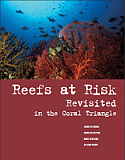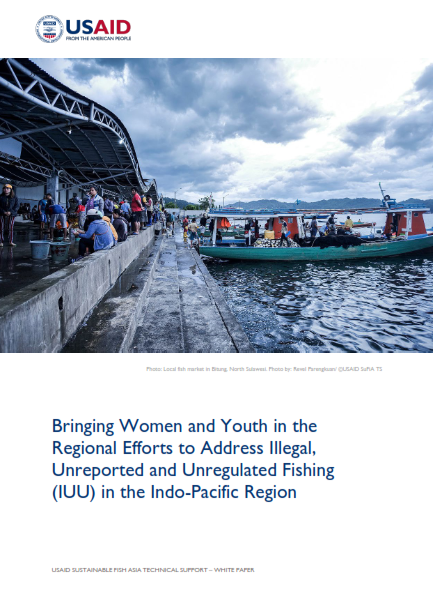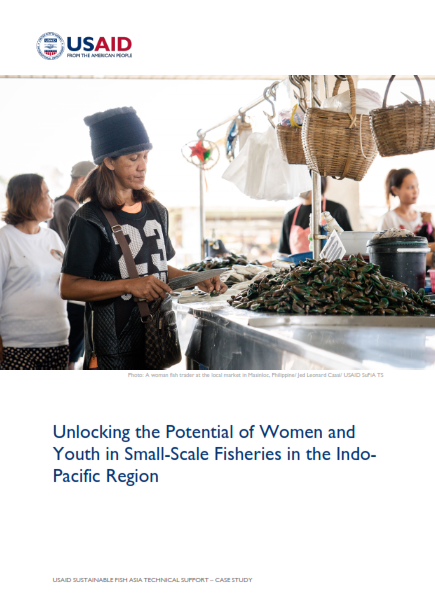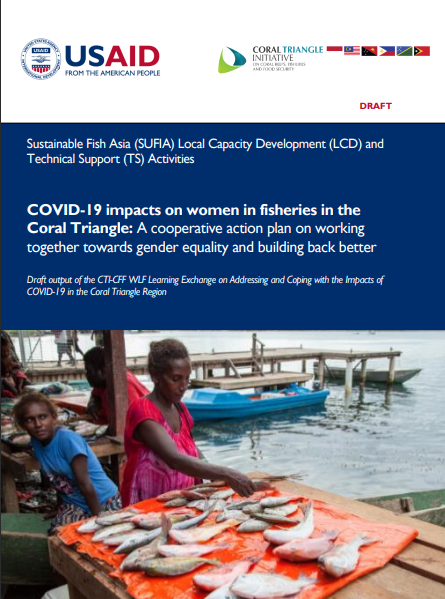Study: Reefs at Risk Revisited in the Coral Triangle
| # | Documents | Filesize |
|---|
 “Reefs at Risk Revisited in the Coral Triangle” maps threats to reefs in Indonesia, Malaysia, Papua New Guinea, Philippines, Solomon Islands, and Timor-Leste
“Reefs at Risk Revisited in the Coral Triangle” maps threats to reefs in Indonesia, Malaysia, Papua New Guinea, Philippines, Solomon Islands, and Timor-Leste
A new report finds that more than 85 percent of reefs in the Coral Triangle are directly threatened by local human activities, substantially more than the global average of 60 percent. Reefs at Risk Revisited in the Coral Triangle shows that the greatest local threats to reefs in the countries that make up the Coral Triangle —Indonesia, Malaysia, Papua New Guinea, the Philippines, Solomon Islands, and Timor-Leste—are overfishing, watershed-based pollution, and coastal development. When these threats are combined with recent coral bleaching, prompted by rising ocean temperatures, the percent of reefs rated as threatened increases to more than 90 percent.
Reefs at Risk Revisited in the Coral Triangle was developed by the World Resources Institute (WRI) in close collaboration with the USAID Coral Triangle Support Partnership (CTSP), a consortium of WWF, The Nature Conservancy, and Conservation International that assists the six Coral Triangle governments in implementing their regional and national Coral Triangle Initiative plans of action. The report was released at the 12th International Coral Reef Symposium in Cairns, Australia.



